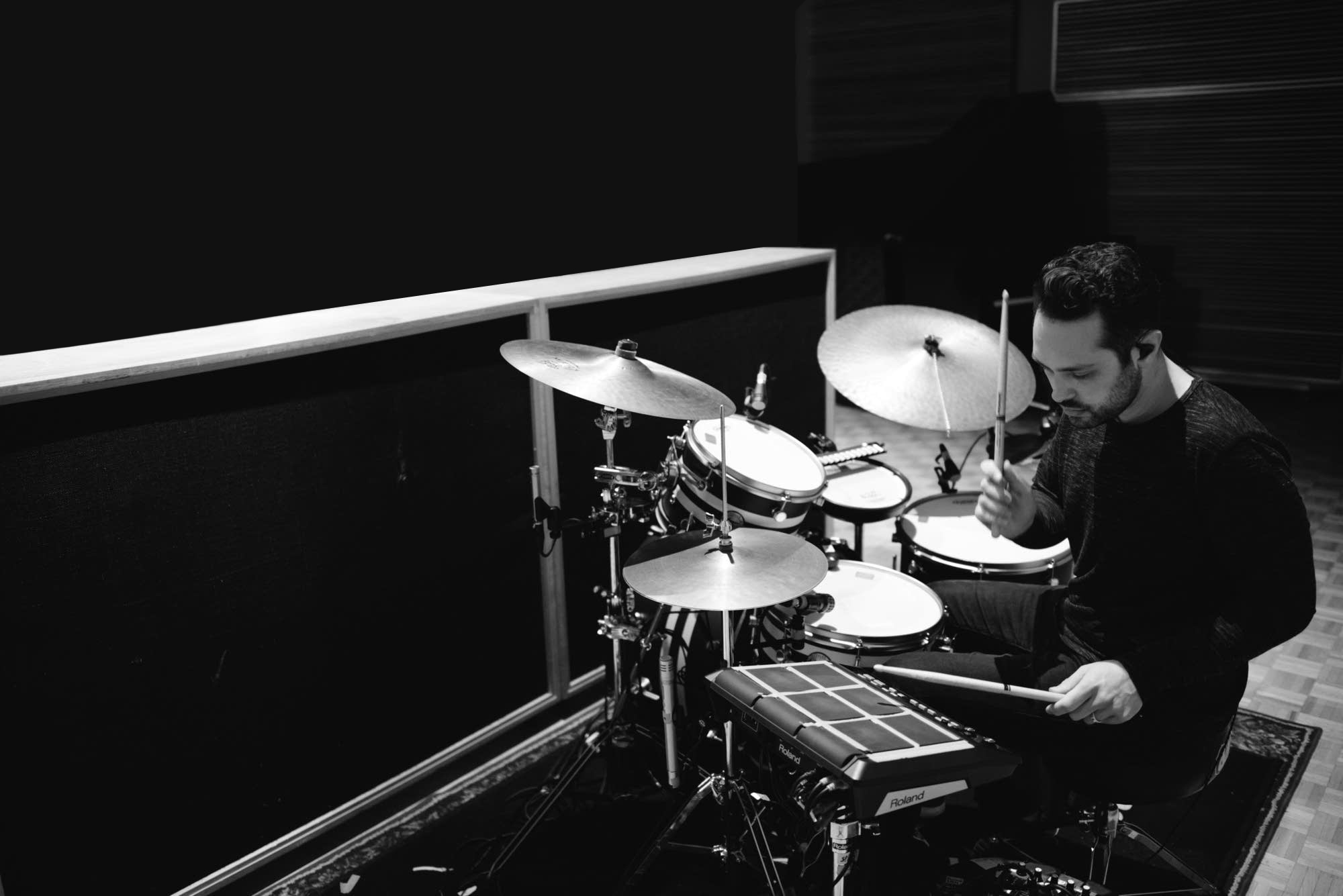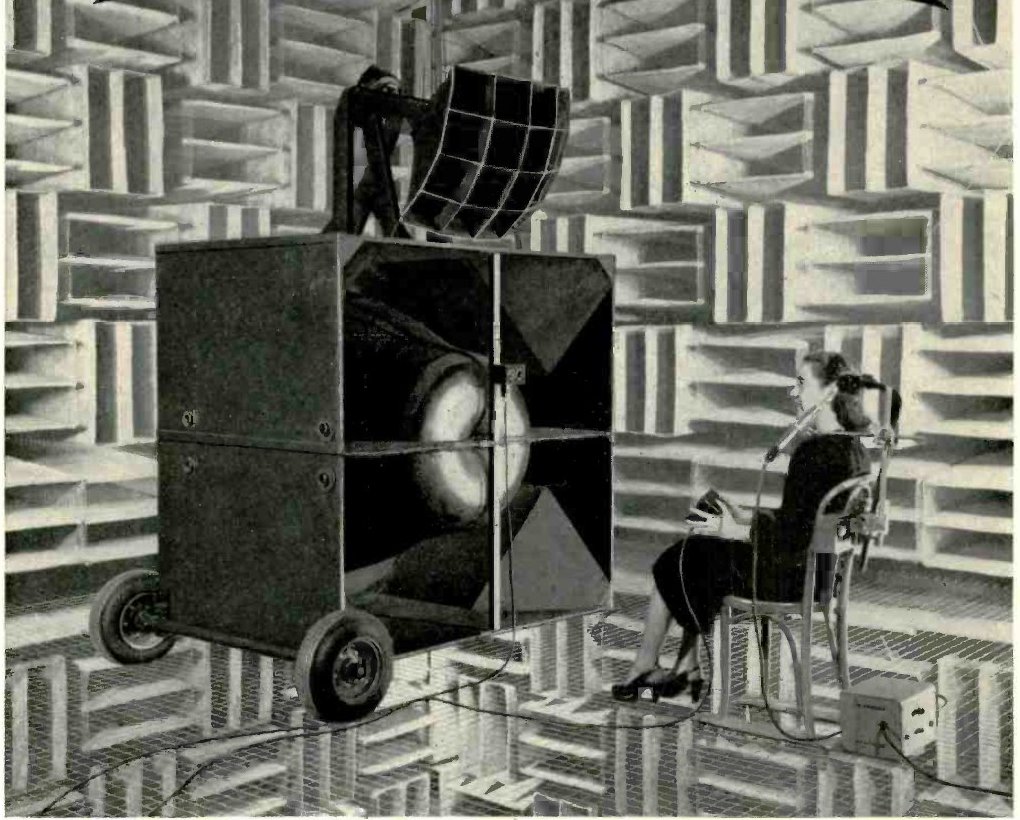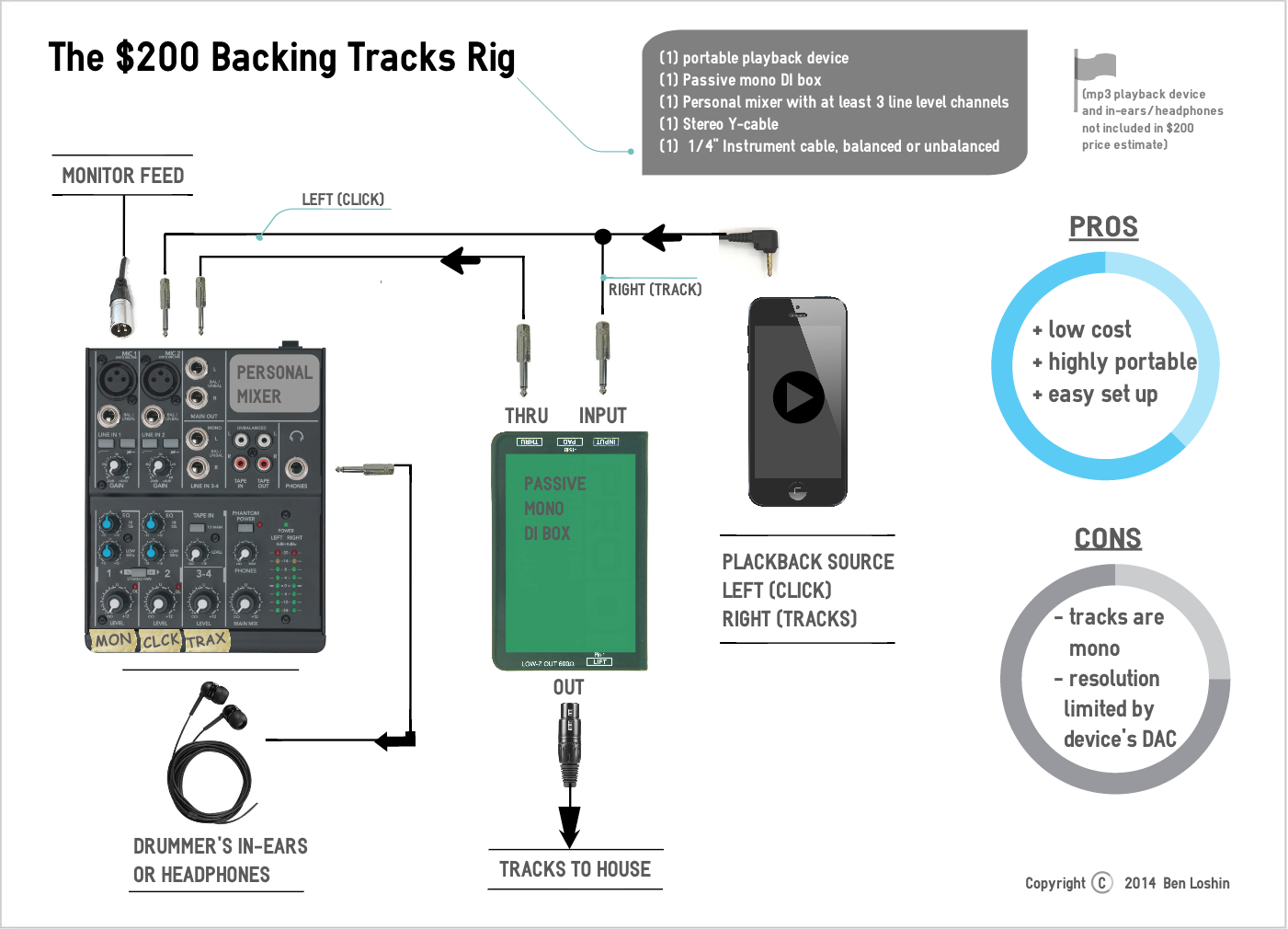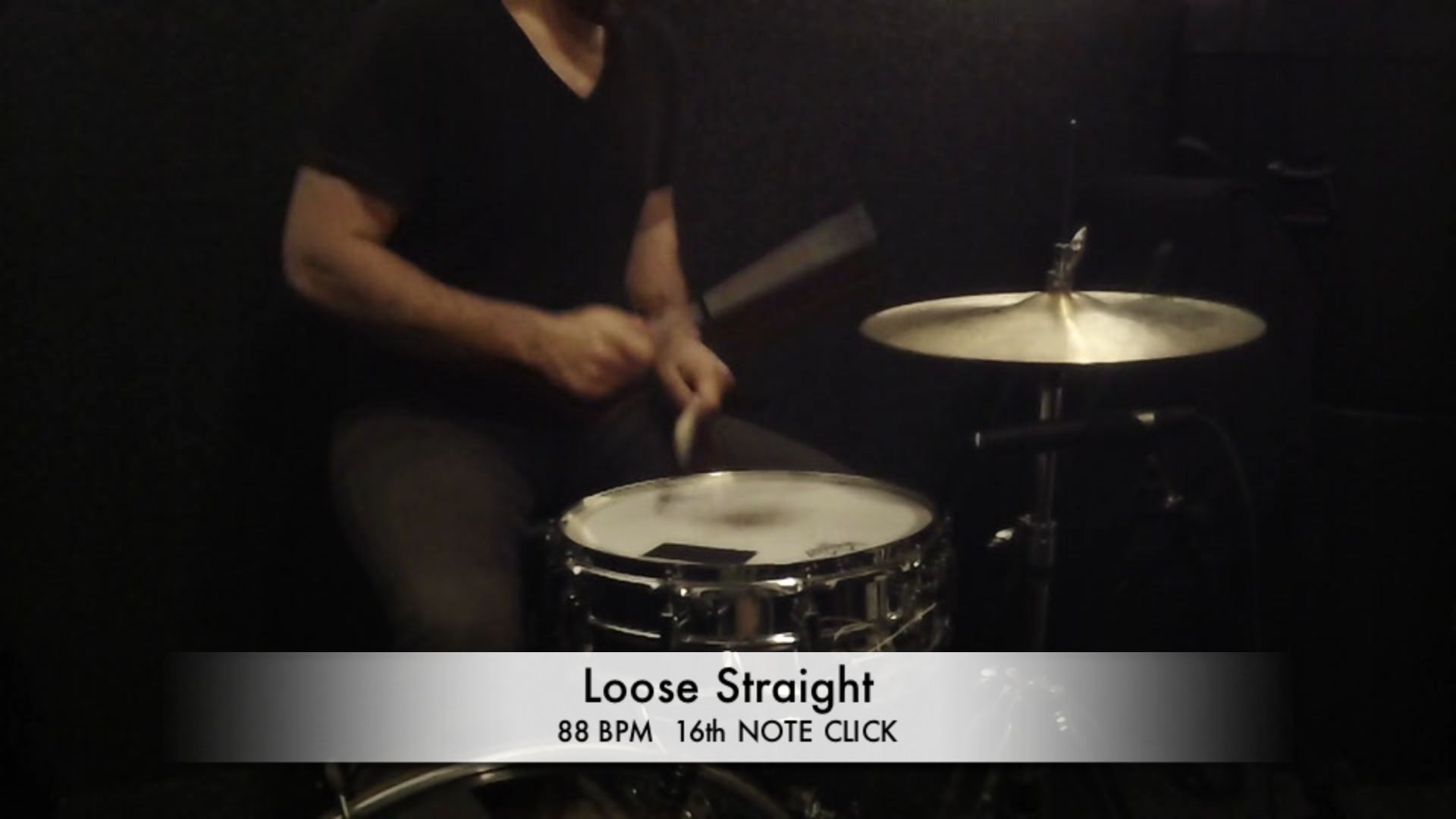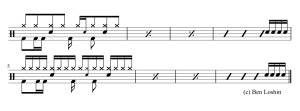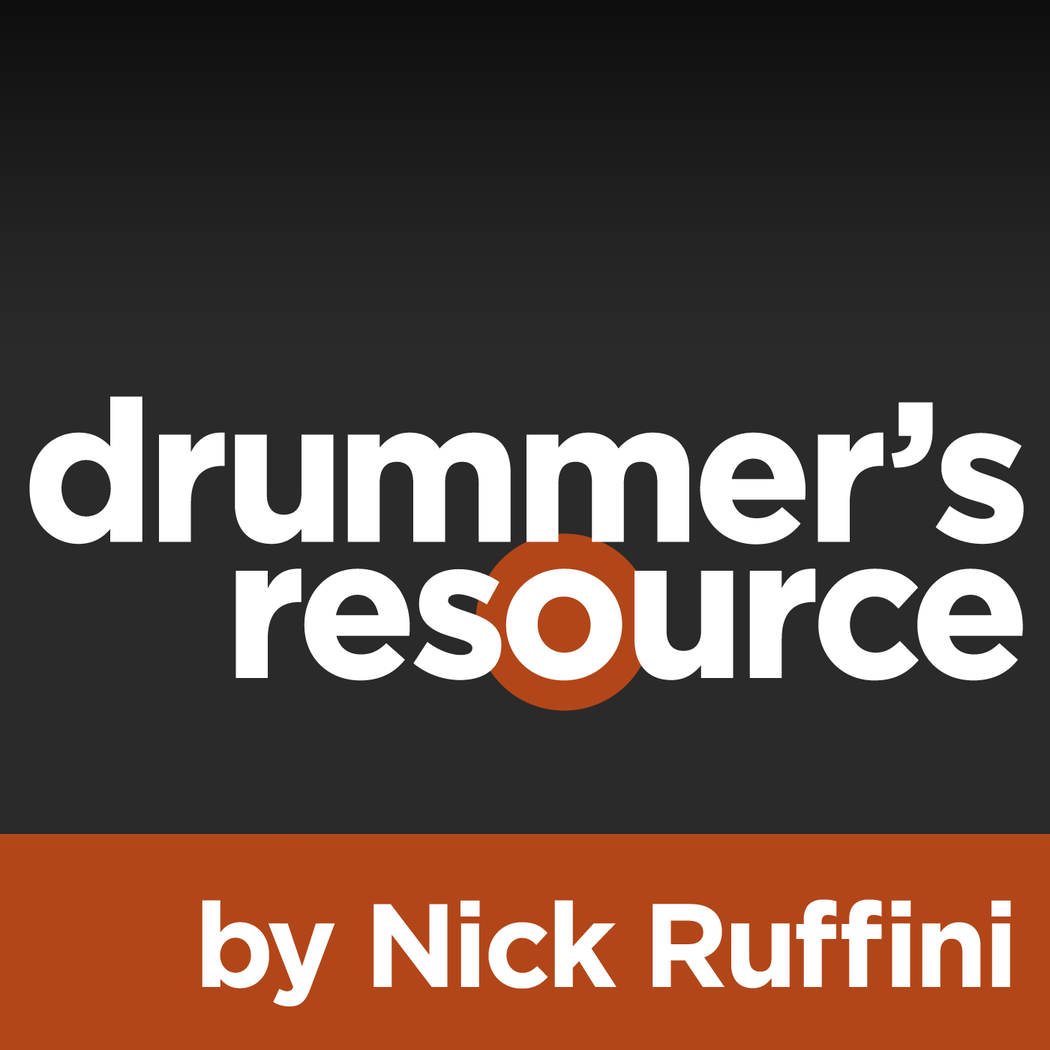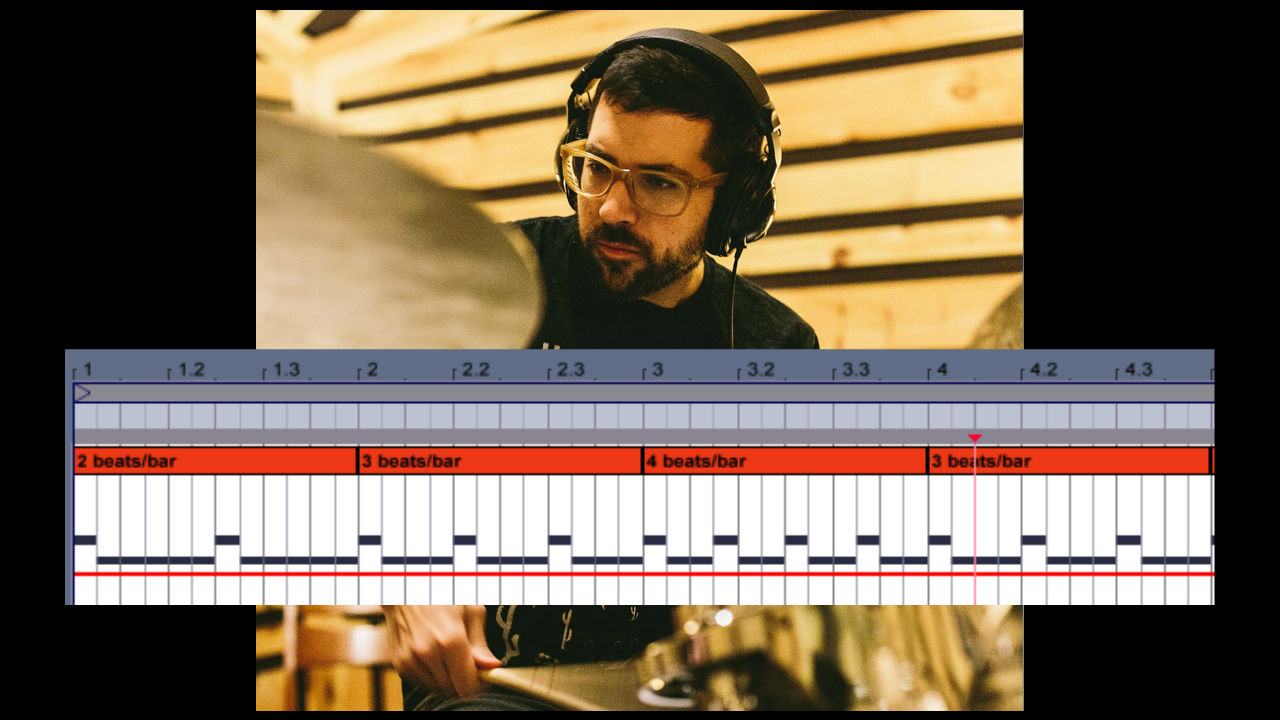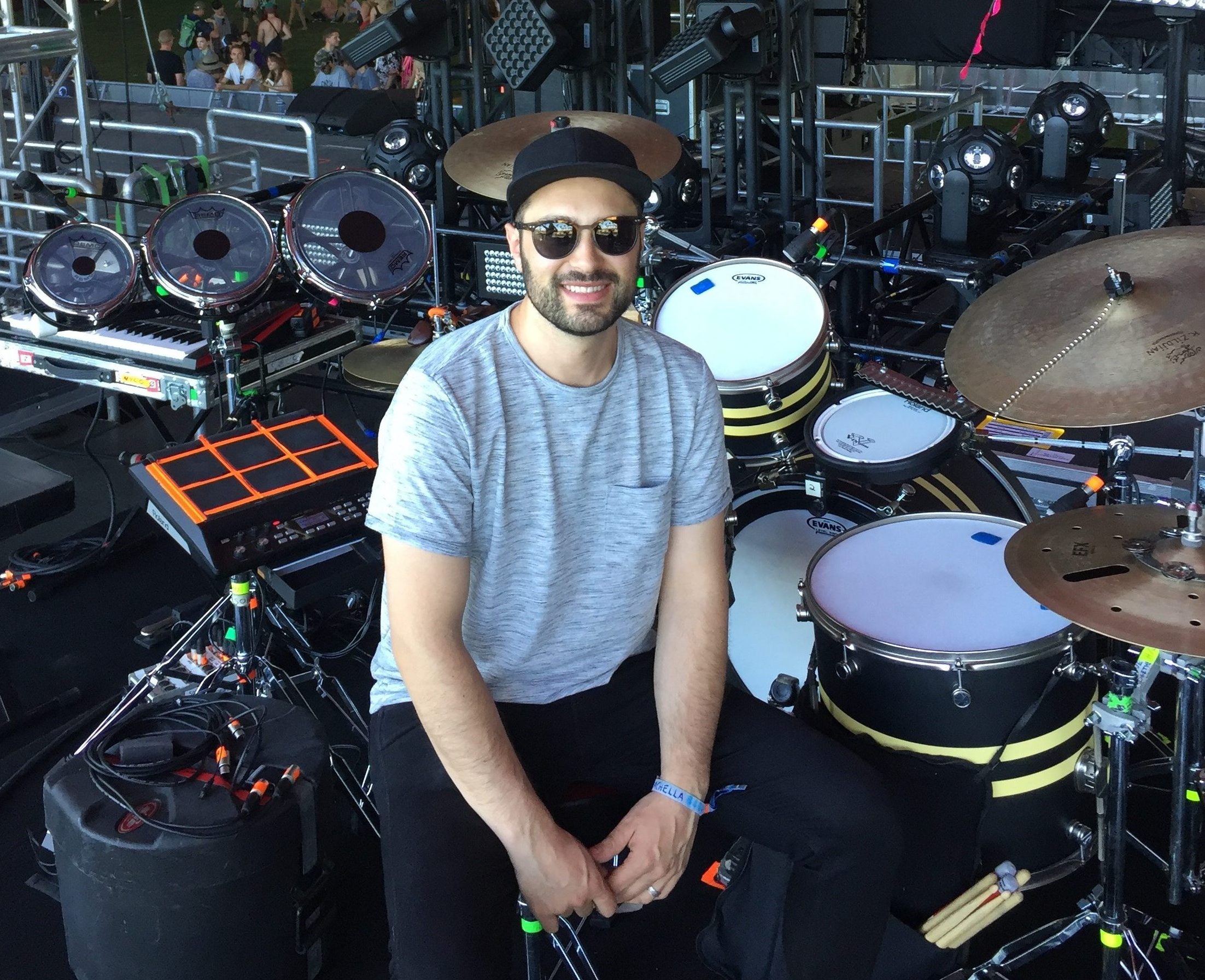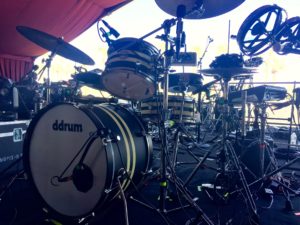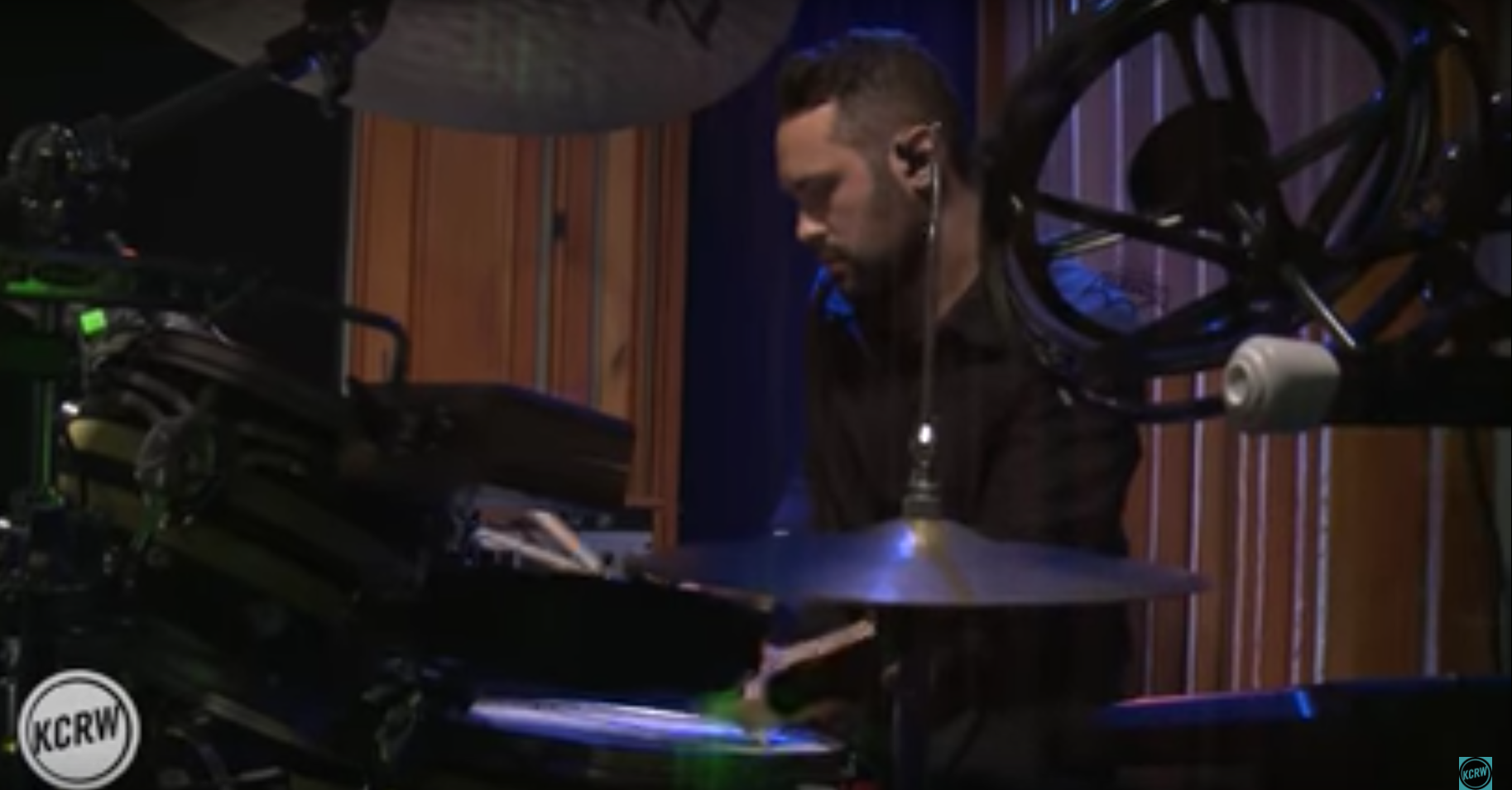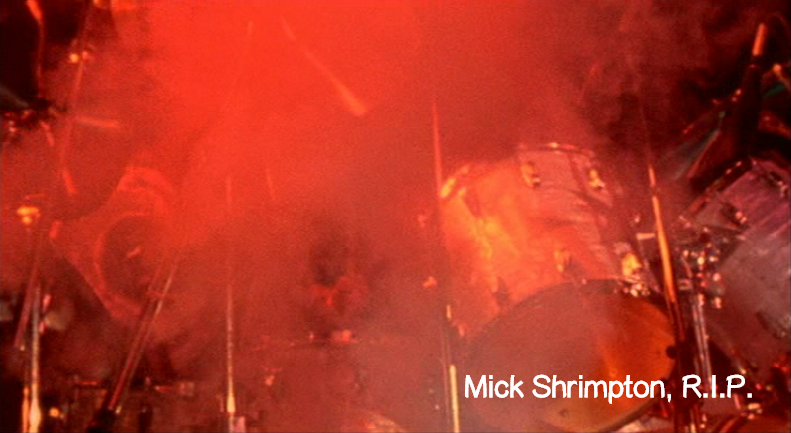I’ll be touring this year with the British artist and producer, SOHN in support of his new album Rennen. Here are some initial 2017 Europe and North America dates. More info HERE.
13 February – VIENNA, Arena
14 February – MUNICH, Technikum
15 February – MILAN, Magnolia
16 February – GRAZ, PPC
17 February – BERLIN, Astra Kulturhaus
18 February – COLOGNE, Kantine
20 February – STOCKHOLM, Debaser Strand
21 February – OSLO, Parkteatret
22 February – COPENHAGEN, Koncertuset Studio 2
23 February – HAMBURG, MOJO
25 February – AMSTERDAM, Melkweg
26 February – BRUSSELS, Botanique
27 February – PARIS, La Maroquinerie
1 March – LONDON, Electric Brixton
19 March – DALLAS, TX, Trees
20 March – HOUSTON, TX, White Oak Music Hall (Downstairs)
22 March – ATLANTA, GA, Terminal West
23 March – CARRBORO, NC, Cat’s Cradle
24 March – WASHINGTON, DC, 9.30 Club
25 March – NEW YORK, NY, Warsaw
26 March – NEW YORK, NY, Irving Plaza
29 March – PHILADELPHIA, PA, Union Transfer
30 March – BOSTON, MA, The Sinclair
31 March – MONTREAL, QC, Fairmount Theatre
1 April – TORONTO, ON, Danforth Music Hall
3 April – CHICAGO, IL, Thalia Hall
4 April – MADISON, WI, Majestic Theatre
5 April – MINNEAPOLIS, MN, Triple Rock
8 April – VANCOUVER, BC, Rickshaw Theater
9 April – SEATTLE, WA, Neptune Theater
10 April – PORTLAND, OR, Wonder Ballroom
12 April – SAN FRANCISCO, The Regency
13 April – LOS ANGELES, Fonda Theater
14 April – COACHELLA
21 April – COACHELLA
20 May VALLE DE BRAVO, MEXICO, Bravo Festival
6/10/17 GELTENDORF, GERMANY, PULS Open Air
6/16/17 MANNHEIM, GERMANY, Maifeld Derby Festival
6/17/17 BARCELONA, SPAIN, Sonar by Day
6/24/17 BEUNINGEN, NETHERLANDS, Down the Rabbit Hole Festival
6/25/17 MOSCOW, RUSSIA, Bosco Fresh Festival
7/1/17 WERCHTER, BELGIUM, Rock Werchter Festival
7/5/17 CESENA, ITALY, Acieloaperto at Rocca Malatestiana
7/7/17 PADOVA, ITALY, Just Like Heaven at Anfiteatro del Venda
7/8/17 KATOWICE, POLAND, Festival Tauron Nowa Muzyka
7/13/17 CLUJ, ROMANIA, Electric Castle Festival
7/15/17 SOUTHWOLD, UK, Latitude Festival
7/16/17 FERROPOLIS, GERMANY, Melt Festival
7/22/17 WEISEN, AUSTRIA, Out of The Woods
7/27/17 WASHINGTON, DC, Merriweather Post Pavilion
7/28/17 BOSTON, MA Blue Hills Bank Pavilion
8/1/17 CLEVELAND, OH Jacobs Pavilio
8/3/17 KANSAS CITY, MO Starlight Theatre
8/6/17 MONTREAL, QC Osheaga Festival
8/7/17 DENVER, CO Red Rocks Amphitheatre
8/9/17 LOS ANGELES, CA, Shrine Auditorium
8/10/17LOS ANGELES, CA, Shrine Auditorium
8/11/17 SAN FRANCISCO, CA, Outside Lands Festival
8/19/17 BOCHUM, GERMANY, Ritournelle Festival
8/20/17 HAMBURG, GERMANY, Dockville Festival
9/30/17 SAN DIEGO, CA, CRSSD Festival
10/15/17 MIAMI, FL, II Points Festival
